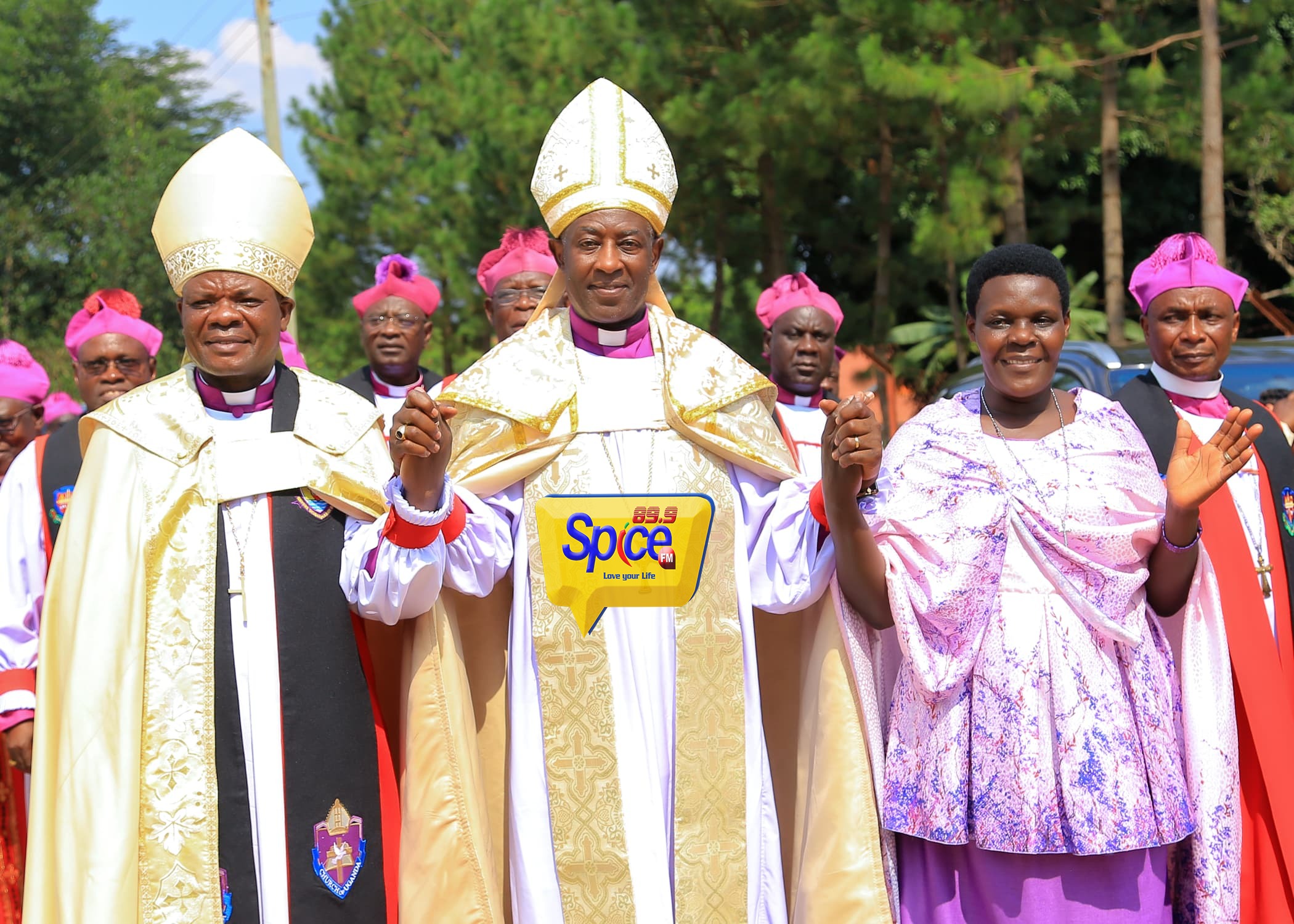The Islamic New Year, also known as Al Hijri, is celebrated on the first day of Muharram, which is also the second pious month after the month of Ramadan. Depending on the moon sighting, Muslims across the world celebrated Al Hijri 1442 on August 20 as Muharram 01st 1442.
An Islamic calendar is said to have 354 days, while the Gregorian calendar consists of 365 days. It consists of twelve months, which are al-Muharram, Safar, Rabi-al-Thani, Jumada al-Awwal, Jumada ath-Thaniyah, Rajab, Shaban, Ramadan, Shawwal, Zu al-Qadah and Zu al-Hijjah.
The Islamic New Year marks the beginning of the Muslim era. Also called Hijri New Year or Hijrah (in Arabic), it coincides with the Prophet’s journey from Mecca to Medina on the first day of Muharram in 622 CE. It is held as the second holiest month after Ramadan. Prophet Mohammed had to relocate due to someone’s intentions of executing him. He chose to move to a town known as Yathrib, about 320 km north of Mecca. Yathrib in today’s age is known as Medina, located in modern-day Saudi Arabia, and means ‘the city’.
Islamic years are followed by the letter H, for Hijrah (Hijri New Year), or AH which stands for the Latin term Anno Hegirae meaning ‘in the year of the Hijrah’. This year will be the commencement of 1442 AH.



